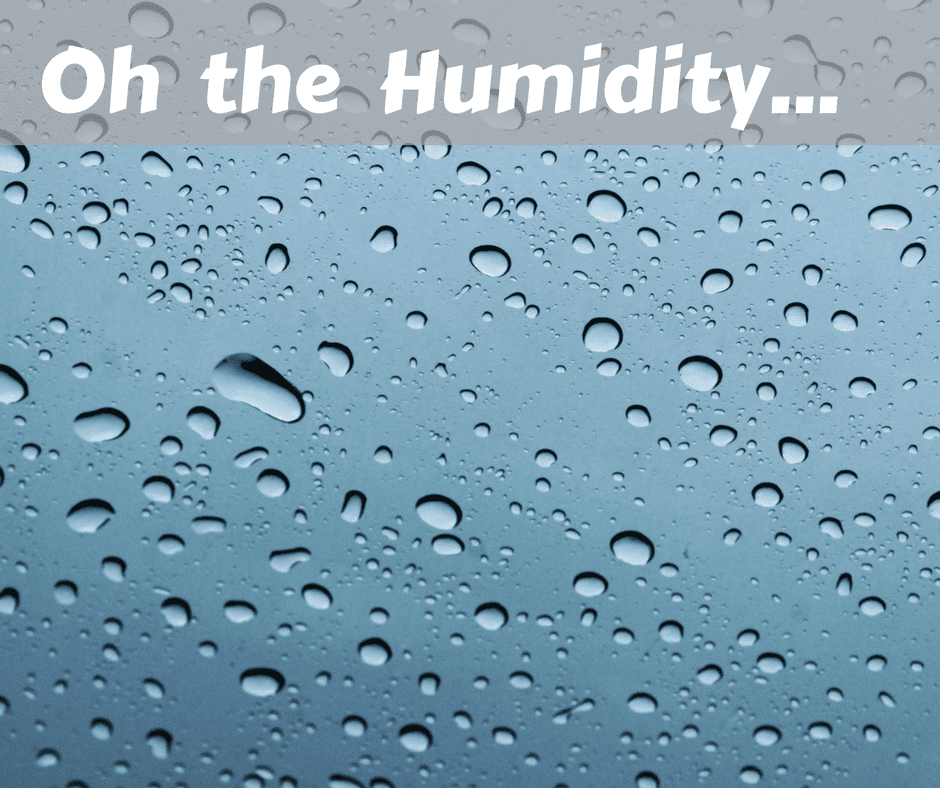Who ever invented the hand-held grinder deserves a bloody medal! This simple tool has a multitude of uses and can be found in the majority of New Zealand garages and workshops. It’s a favourite of many tradesmen and DIYers.
Although this useful device has a heap of advantages, it also presents a few risks. Here’s our list of seven things to watch out for.
- Projectiles
Grinders spit out sparks. Lots of sparks. You’ll need to check out the possible debris field before starting work. Let’s just say it’s not a smart idea to spray your petrol can with a shower of sparks. You’ll need a clear work space of at least 3 meters. And make sure you are wearing enclosed protective eye wear.
- Burns
Simple really. All the grinding (and ground) parts get hot. Don’t get burnt.
- Entanglement
While you’ll need to wear suitable protective to protect yourself from projectiles and burns, take care to ensure that clothing, jewelry or long hair doesn’t get caught in the grinding blade.
- Fumes and particles
Depending on what you materials you are working on, grinding can produce a range of toxic fumes and respirable particles. We all know it’s not good to breathe this stuff, so adequate air extraction will reduce the risk of inhaling these nasties. The same goes for breathing in particulate dust: the action of grinding is a great way to fling lots of dust into the air. While some dust masks will remove most of the crap it’s the tiny stuff (less than 10 microns) that tends to hand around longer in the air and contribute to long term lung damage.
- Noise
Yeap these things are noisy. If you want to keep your hearing, make sure you are wearing Ear Muffs or plugs that are compliant with Hearing Protectors Class 5 under the AS/NZS 1270:2002 Acoustics standard. Check your hearing protection and make sure it will protect you at high levels of noise.
- Electricity
The combination of 240 V and a few amps can be a nasty combination. Always use a residual-current circuit breaker (RCCB), Ground Fault Circuit Interrupter, Transformer or other suitable electrical Safety device.
- Disk safety
With disks moving at extremely high speeds, it’s important to make sure the grinding disk is safe. Check for any cracks or water damage before starting work. The integrity of some disks can be compromised by soaking in water or exposure to solvents. If in doubt, replace the disk. It’s not worth the risk.
So take the necessary steps and make sure you are wearing the necessary protective equipment. There’s a lot more information on the Worksafe website or have a read the owners manual for your particular grinder.








